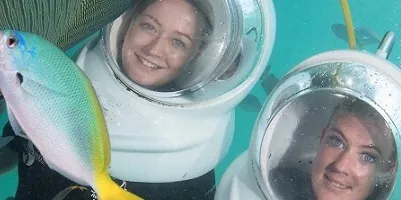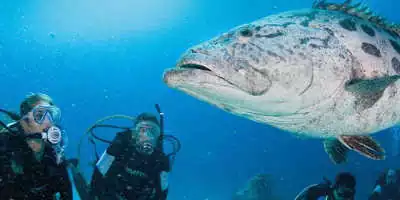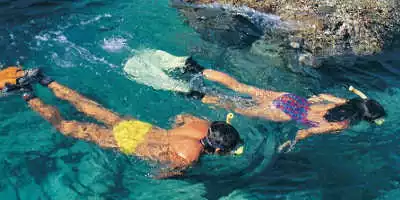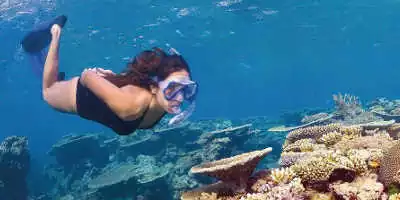
The Great Barrier Reef is not Dead
Written by: Cameron Ward
Published: 08/22/2019
Reading time: 3 mins
The Great Barrier Reef has been one of the jewel tourist destinations in Australia for decades. Known as the largest reef ecosystem on the entire planet, home to thousands of marine animals and coral species. However, Climate change has caused a grave to effect on the reef, causing multiple changes in the temperature, sea levels, and acidification that has led to the death of the beloved Great Barrier Reef.
However, the myth that the entire region is already dead is far from the truth, with bad publicity causing the belief that there is no life left and no chance for renewal. With the actual truth being that the reef is under extreme threat that has caused numerous sections to be damaged.
How Climate Change has affected the Great Barrier Reef;
The pressure of climate change has affected the Reef in several ways. With a change in the ocean’s temperature, sea levels, severe weather events, and acidification.
-
Increased in Weather Events
One of the Climate changes most noteworthy features is its increase in weather occurrences, most particularly in natural disasters. Earthquakes, flooding, droughts, and more are popping up throughout the world. With cyclones causing irreversible damage on the reefs, weakening the coral and destroying parts of the ecosystem. Increased rainfall is another factor which has affected the reef. With the rainfall pushing more fresh water and sediment into the ocean reef.
-
Increasing Ocean Temperature
Climate change has caused a rise in water temperature, transforming the ocean into an unstable living environment for the coral. Coral is a sensitive species, very particular in the water’s temperature. Requiring very salty water ranging from 23 to 29 degrees Celsius to reproved and survive. Because of the rising temperature, the coral has become bleached, slowly dying from an unstable environment.
-
Ocean acidification
Due to the modern human lifestyle of machinery, construction, and transportation, an increase in carbon dioxide (CO2) has skyrocketed. With the continuous rise of CO2, the Great Barrier Reef has absorbed 30% more carbon dioxide than ever before. This increase has caused a decrease in calcium carbonate, which is an essential tool for the reef to build coral skeletons and shells.
-
Rising sea levels
Higher seas can impact a great deal of the Great Barrier Reef. With coastal erosion, increased storm surges, and significant changes in tidal habitats.
How much of the Great Barrier Reef is suffering?
Due to the mass coral bleaching that occurred in 2016 and 2017, studies have estimated that 50% of the existing coral in Great Barrier Reef has died. Due to the mass bleaching, a number of the destroyed corals became barren. Leading to 89% of the new corals produced to fail. With the restoration of the corals estimated to take a lot longer, due to the reef only having about 10% of the babies the region typically gets. Another change seen is the type of coral species surviving. Overall studies show despite the reef suffering an extreme amount, not all hope is lost, with the restoration of the reef simply estimated to take a lot longer to get back on its feet.
Can we save the Reef before it’s too late?
Climate change doesn’t have a simple fix, unfortunately. With the increase in climate change leading to further reef bleaching events, which may destroy the Great Barrier Reef completely if we aren’t careful. Collective action in lifestyle, development, and destruction changes will help prevent any future effects on the planet. With everyone on the planet need to research how they can help, to support the Great Barrier Reef!
Related article: How to save the Great Barrier Reef?







